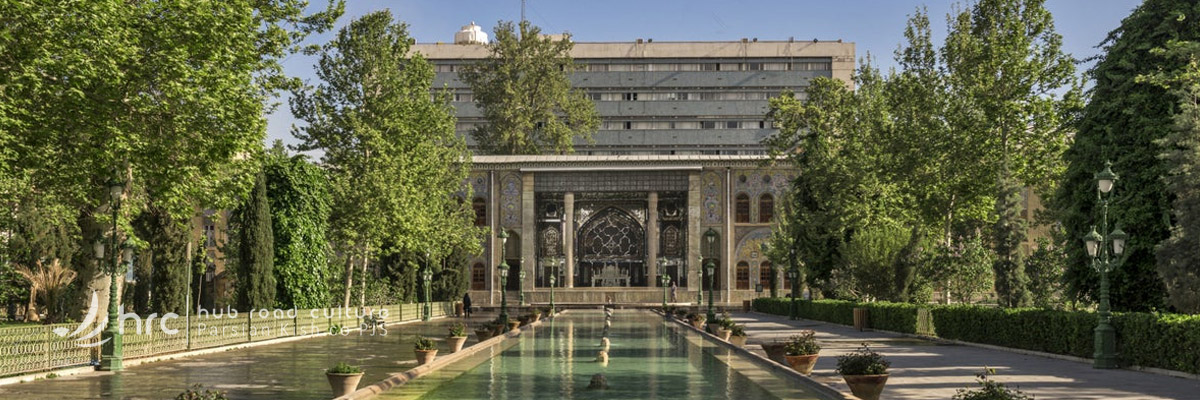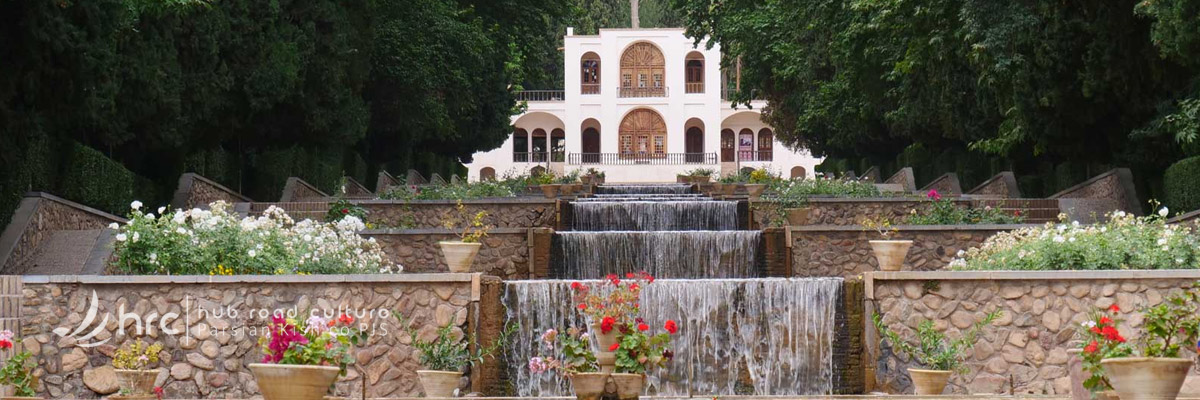Iran is different from what you hear in Media
Contrary to their governments, the citizens of the societies usually have another means of living and communication. Like any people in a dynamic modern society, Iranians live their lives in accordance with what their heart says. While generally they remain warm and welcome the outsiders, there are some musts they never forget: the importance of religious faith, the significance of family, and a proud attachment to national culture and traditions.
Culture of Iran
The rooted Culture of Iran, also known as the Culture of Persia, is one of the most influential ones of the world. Due to its dominant geo-political position and culture in the world, Iran has heavily influenced other cultures and peoples of all the four sides, geographically. Openness has been always open to other cultures and traditions, especially those aligned with their owns. This should be, for the exchange of cultures means a bilateral deal; in which the both sides at the same time of giving are also taking! And for Iranian this is what has been always considered.A sort of eclectic cultural elasticity has been said to be one of the keys defining traits of the Iranian identity which is in fact a clue to its historical longevity, the same thing that all Iranian are proud of.

How Iranian Live
Even today, Iranian Lives are a collection of tradition and customs added with modernity. They have saved both faces well, and run their lives through respecting both sides. In Iran, people hardly work (men and women side by side) to be able to even cover the celebrations, no matter how much they cost. For example, as Sepandār Mazgān is celebrated, they also consider the valentine day.
Family Life
Family life is of supreme importance to Iranians and often a family will include children, parents, grandparents and other elderly relatives. As a result, Iranian Society is more multi-generational than Western Society, something that’s most obvious on holidays and weekends; during which, you’ll see several generations walking, laughing and picnicking together.For Iranian living alone is extremely unusual; as unmarried children usually only leave home to attend university in another town or for work. For the most part, the average Iranian family is a robust stable unit and, despite economic and social differences, most operate in broadly the same way.
Education
Education is highly regarded (especially in present time); adult literacy is well above average for the region at 86.8% (91.2% for men, 82.5% for women), according to UNESCO. Many middle-class teenagers spend up to two years studying for university entrance exams, though once out of university, there is yet another big battle to find a situation to work. Nevertheless, there’s a breathtaking flow of studying, instructing and learning among the whole people (no matter which group of ages they belong to).
Sport
Though Iranian have a hand in different sport courses and even usually attain the top ranks of the world’s, yet as a common fever, football is a national obsession. In football, Iran has been competing internationally since 1941, winning three Asian Cups during the ‘60s and ‘70s and qualifying for four World Cups (1978, 1998, 2006 and 2014). Many Iranians of a certain generation are that much fan of football, that even can tell you where they were, when for instance Iran defeated Australia in dramatic fashion to qualify for the 1998 World Cup. Usually the kids are seen playing football in streets and squares across Iran, but without many pitches; that is mostly because of religious issues!
Modern-day restrictions aside, Iran does have an interesting sporting history. For example, Polo is believed to have originated in Iran and was certainly played during the reign of Darius the Great. Shah Abbas the Great also enjoyed polo, and today you can still see the burly stone goal posts at either end of Esfahan’s Naqsh-e Jahan (Imam) Sq. Another ancient sport peculiar to Iran is the Zurkhaneh Sport (literally: ‘house of strength’), that is a form of traditional ones.

Women in Iran
Historically, women of Iran have lived in a relatively progressive society and enjoyed more equality and freedom than their neighbors. They are able to sit in parliament, drive, vote, buy property and work. A visit to an Iranian Home will leave you in no doubt as who is really in charge of the family life; which is arguably the most important issue in Iran. Anyway, in many grounds the women of Iran have a bolded footprint.

Iranian Women’s various Roles
• In Persian Literature
Over the past two centuries, women have played a prominent role in Persian Literature. Contemporary Iranian Poets include Forough Farrokhzad, Simin Behbahani, Parvin Etesami, and contemporary authors include Simin Daneshvar, Mahshid Amirshahi, Shahrnush Pârsipur, Moniru Ravânipur and Zoya Pirzad to name a few.
• In Persian Music
Perhaps Qamar ol-Molouk Vaziri was the first female master of Persian Music who introduced a new style of music, praised by other masters of Persian Music of the time. Several years later, Mahmoud Karimi trained women students: Arfa Atrai, Soosan Matloobi, Fatemeh Vaezi, Masoomeh Mehr-Ali and Soosan Aslani, who later became masters of Persian traditional music. Soodabeh Salem and Sima Bina developed Iranian Children’s Music and Iranian Folk Music respectively.
Innovations made by Iranian women are not restricted to Persian Music. For instance, Lily Afshar is working on a combination of Persian and Western Classical Music.
• In Cinema
Iranian women have played an important role in introducing Iranian Women’s Arts and gaining international recognition for it, especially on Iranian Cinema field.In the last two decades, the percentage of Iranian film directors who are women has exceeded the percentage of women film directors in most Western countries. The success of the pioneering director Rakhshan Bani-Etemad declares that many women directors in Iran were working hard on films for a long time.
Rakhshan Bani-Etemad is probably Iran’s best known and certainly most prolific female filmmaker, making documentaries and films about social pathology. Another best-known female film director in the country today is Samira Makhmalbaf, who directed her first film, The Apple, when she was only 17 years old. Samira Makhmalbaf won the 2000 Cannes Jury Prize for Blackboards, a film about the trials of two traveling teachers in Kurdistan.
